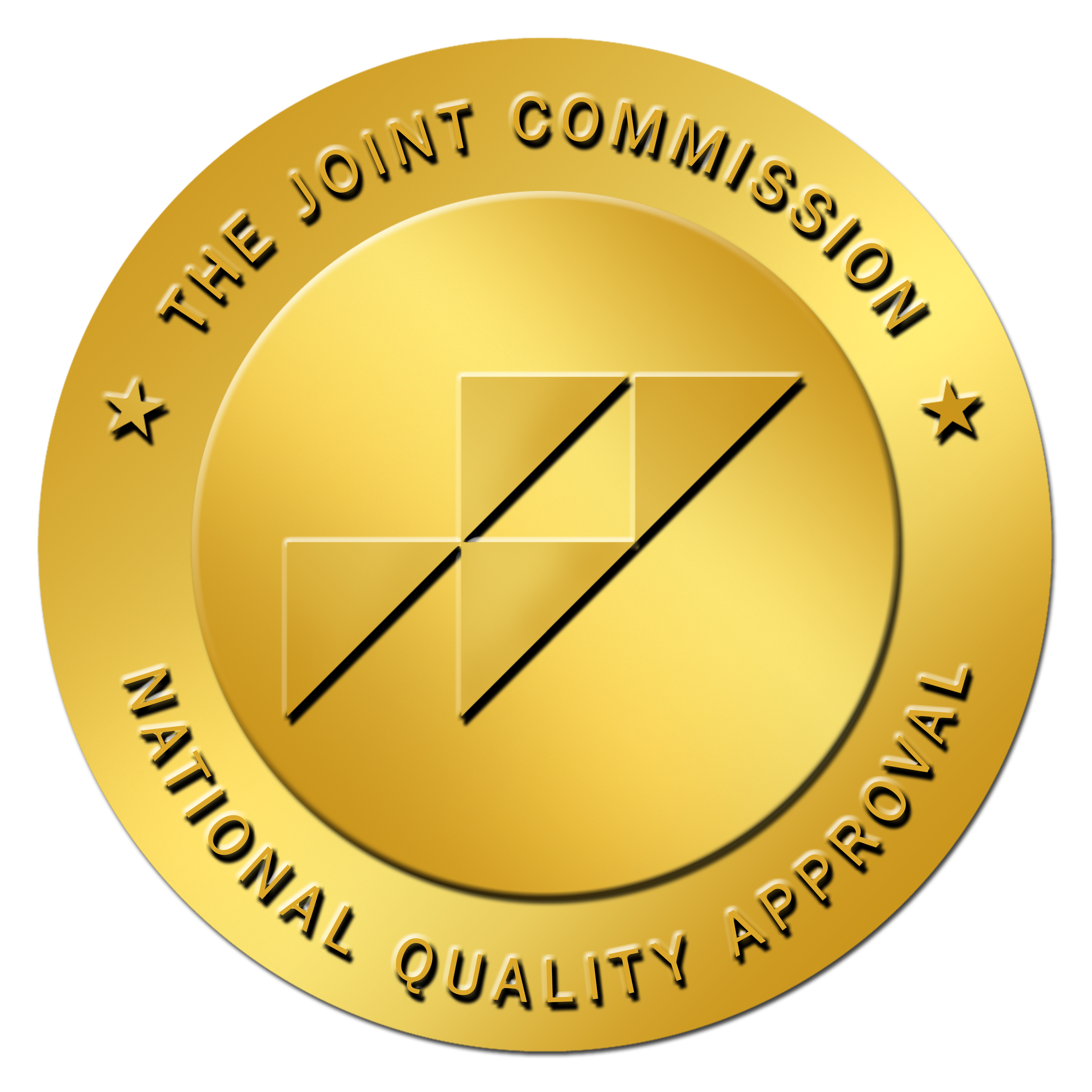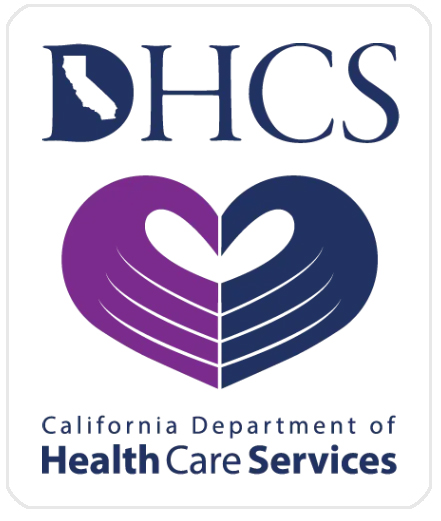When we begin the conversation on kratom, we need context. And our particular context is one of recovery and addiction treatment. And that matters. A lot. Remember, an addiction to drugs or alcohol is largely driven by a deeper need to hide from deeper pain or loneliness. When we choose detox and recovery, we are choosing to live in our lives. To wear our own skin and refuse to hide from ourselves anymore. If we don’t, we will slip back into the death trap of addiction.
What is Kratom?
That said, what is kratom? Simply put, kratom is a tree in the coffee family that is native to Southeast Asia where its leaves have been traditionally used as an opium substitute. It has been used for hundreds of years as a remedy for diarrhea, pain, and also as a recreational substance. There are a number of different strains, such as green, red, and white, which are supposed to have different effects. Some strains are more stimulating, while others are more calming. The substance is known to have the ability to alleviate symptoms from opiate withdrawal. Although it’s not an opioid, it does appear to have the ability to attach to certain opioid receptors in the brain.
Kratom is sold in the form of a powder made from the leaves of the Mitragyna speciosa tree. Because it has an unpleasant taste, it’s also sold in the form of concentrates and capsules for those who don’t want to have to drink a solution made from the powder.
Kratom Dangers
It has been linked to both kidney and liver damage, although this appears to be rare. It has addictive potential and can cause withdrawal symptoms when abruptly stopped after usage over time, just like any other addictive substance. On the other hand, it may have value as a natural, herbal treatment for opioid withdrawal symptoms when used in the short term.
As of 2017, the substance remains legal in most of the US, although a few states have prohibited its residents from ordering it online and having it delivered to their homes. In some countries, such as Thailand, it’s illegal.
Safety Issues
The drug is freely available online, and for now, not federally controlled. The DEA has tried to act against it, but organizations in favor of keeping it legal and available fought hard to keep it so. Because there are no uniform manufacturing methods as there are with pharmaceutical drugs, there is also no way for users to be sure what they’re getting in terms of strength and purity. For that reason alone, it is a risk.
Beyond that, the use of kratom for a person in recovery is a real issue. It is very closely related to opiates binding to the same kinds of receptors as heroin and painkillers do. The true danger is in the fact that usage creates a tolerance. When tolerance is developed, a person’s body stops creating its own natural chemicals because they are being supplied by the drug. That means dependence, withdrawals, and detox becomes necessary to quit long-term usage. It is a slippery slope to addiction and dependence on this substance that is being touted and marketed as a simple “herbal supplement.”
Bigger Picture
Ultimately, we know enough. If a substance is addictive, creating a dependence, it is a danger. Beyond that, if it alters your mind and perception, it is still a tool used to avoid life. A substance used to hide from ourselves and numb our existence. For those of us in recovery, this is not the road we want to walk. Real recovery is a life transformed in a way that is fully present and happy to enjoy existence free from the chains of drugs of any kind.
If you or a loved one is using kratom or struggling with chemical dependency on any level and are ready for help, please call 888-590-0777. We are ready to give you any suggestions possible and set you or your loved one on a path toward lasting recovery.




